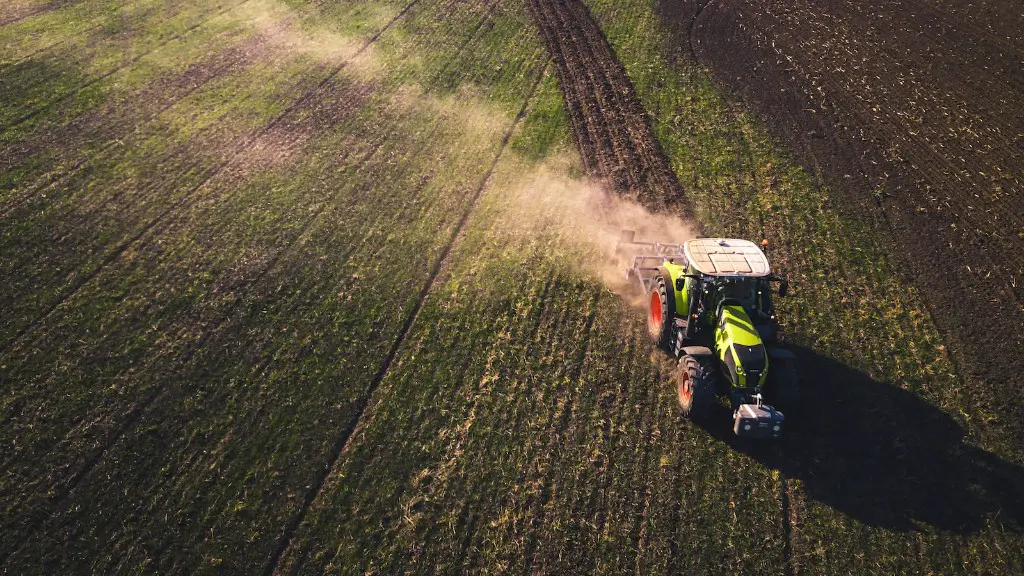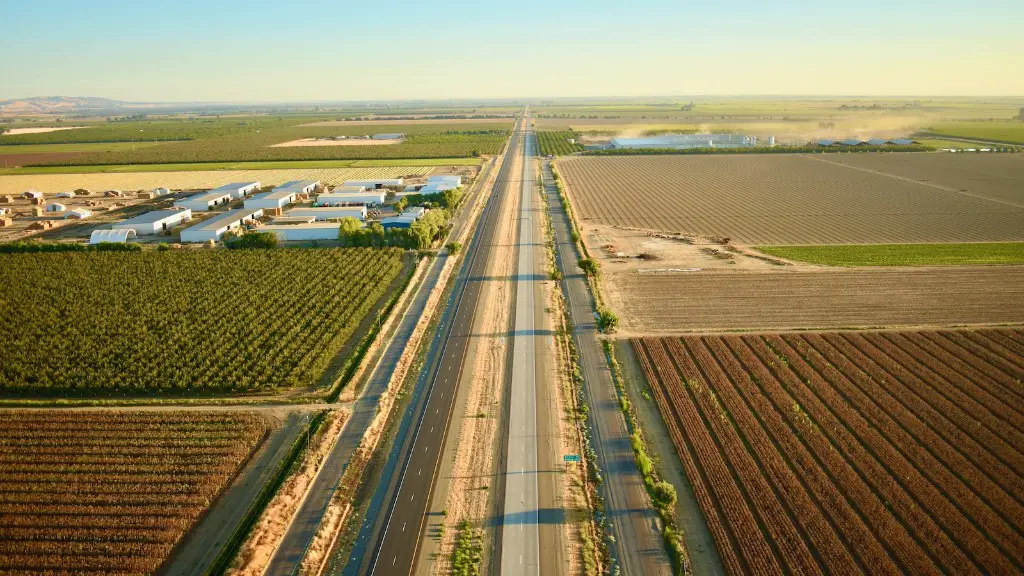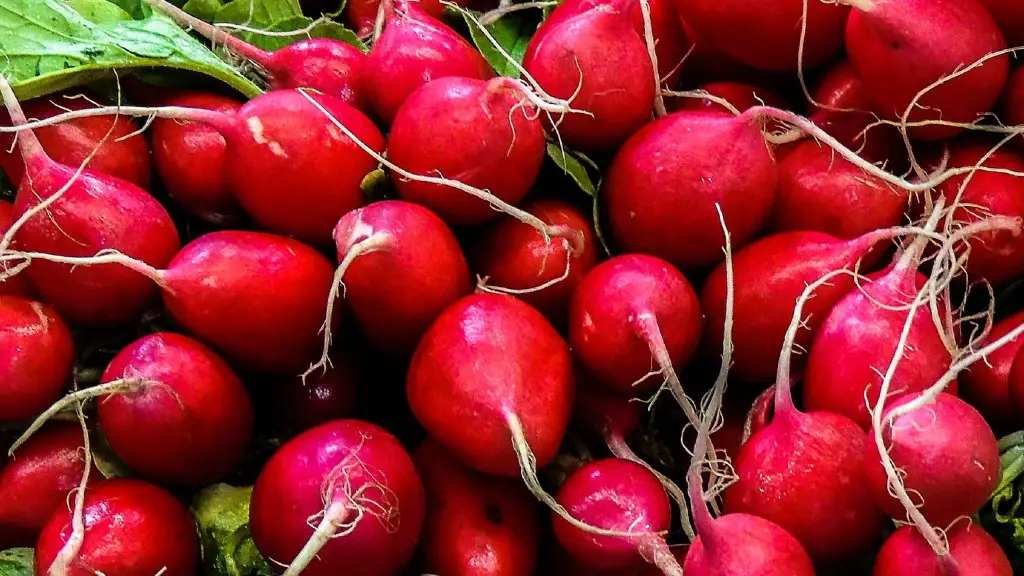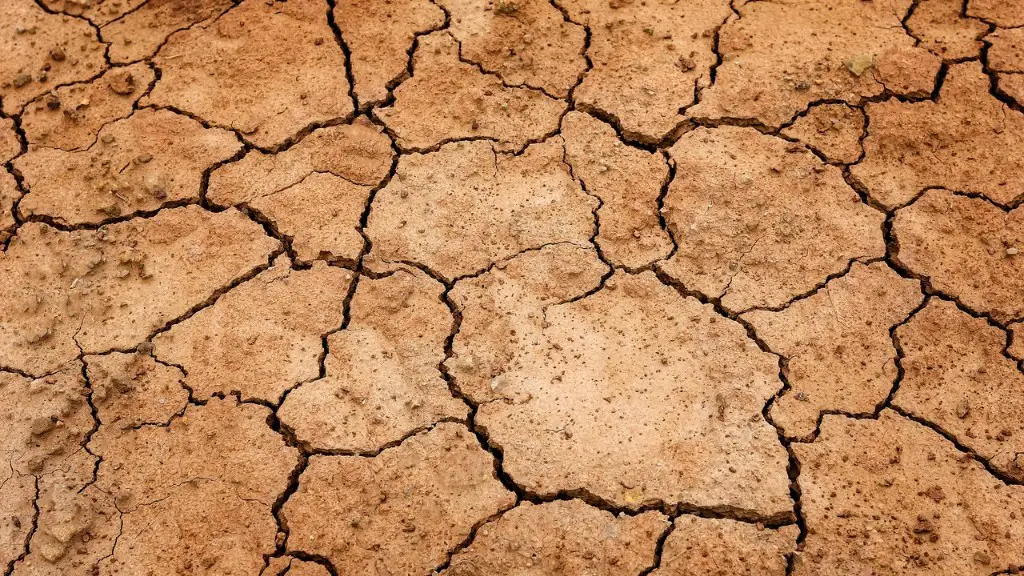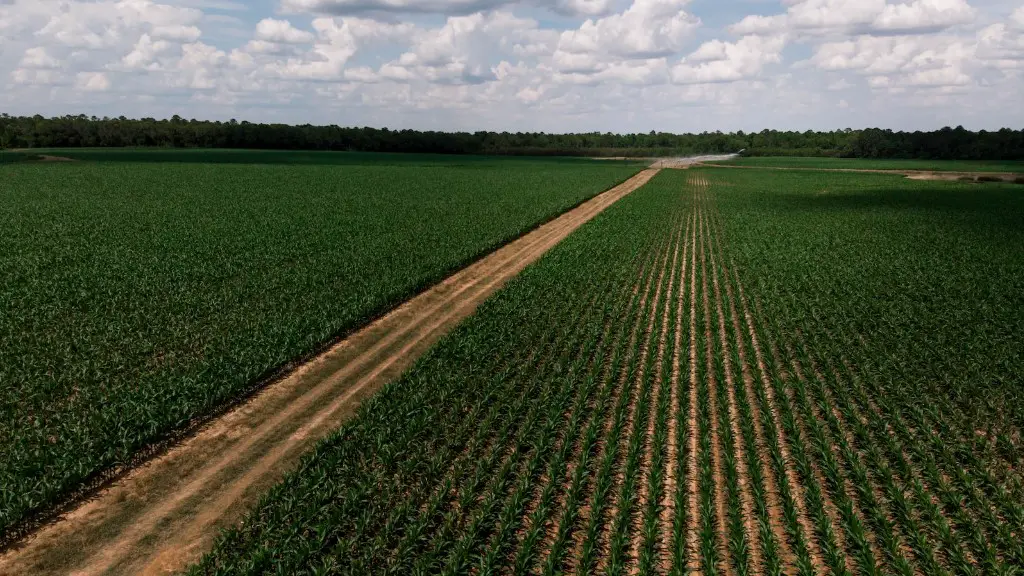At the most basic level, irrigation is the process of providing water to dry land in order to grow crops. Without irrigation systems in place, agriculture would not be possible in many parts of the world.
There are a variety of irrigation systems that have been developed over the years, all of which share the common goal of delivering water to the roots of plants in a way that is efficient and effective. Depending on the climate and the terrain, different irrigation systems may be used.
Some of the most common irrigation systems include surface irrigation, sprinkler irrigation, drip irrigation, and subirrigation. Each of these systems has its own advantages and disadvantages, but all of them have helped to make agriculture a possible and productive enterprise in many different parts of the world.
The main way that irrigation systems help with agriculture is by delivering water to crops during dry periods. When crops do not receive enough water, they will not grow properly and may even die. By delivering water to crops through irrigation systems, farmers can ensure that their crops have the water they need to survive and thrive.
How have irrigation system benefited farms?
Water is a vital resource for agriculture and efficient irrigation is essential to ensure that farmers can make the most of this limited resource. There are many benefits to efficient irrigation, including the ability to use less water to grow the same amount of crops, more productively farm larger areas of land, and use the same amount of water to grow more valuable, water-intensive crops. By making the most efficient use of this vital resource, farmers can help to ensure a sustainable future for agriculture.
The development of agricultural communities allowed humans to transition from a nomadic hunter-gatherer lifestyle to a more settled way of life. By domesticating plants and animals, families and larger groups were able to build communities and establish themselves in one place. This way of life allowed for the development of civilizations and the advancement of human knowledge and technology.
Why was irrigation invented in agriculture
The earliest known systems of irrigation originated in Egypt and Mesopotamia in 6,000 BC. Fighting against the flooding of the Nile several months each year, ancient civilizations pioneered a technique to divert flood waters to nearby crop fields, thereby utilizing excess flood water for crops that would otherwise be destroyed by the floods.
In China, the development of irrigation played a key role in the expansion of rice cultivation. The first irrigation systems in China were built around 2000 BC in the Yellow River valley. These early systems were small scale and used human labor to lift water from wells or rivers and Channel it into fields. By the Han dynasty (206 BC-220 AD), new irrigation technologies had been developed that allowed for the large-scale irrigation of rice fields. These technologies included the use of hydraulic rams and waterwheels to lift water, and the use of bamboo pipes to transport water over long distances. The construction of canals and irrigation works also facilitated the growth of the Indus Valley Civilization. In the Indus Valley, the first irrigation systems were built around 3000 BC. These systems allowed for the irrigation of large areas of land, and helped to support the growth of cities and the development of trade and industry. The arrival of Europeans in the Americas brought new irrigation technologies to the continent. The first Europeans to settle in the Americas were the Spanish, who began colonizing the Caribbean islands in the early 16th century. The Spanish brought with them a technology known as acequias, which allowed for the irrigation of fields with a system of ditches and canals.
What are the benefits of irrigation system?
An irrigation system is a great way to protect your yard, plants, and trees from inefficient watering and drought. A well-designed system will ensure that your grass and plants are getting the proper amount of water.
Irrigation is a vital tool for farmers in many parts of the world. It can make crop production possible in areas where rainfall and soil moisture are otherwise insufficient, and it can also help farmers to intensify production through second and sometimes third croppings. The availability of water through irrigation also reduces the risk of crop failure.
What are four impacts of the development of agriculture?
Our agricultural practices are a major contributor to many of the environmental problems we face today. Issues like climate change, deforestation, biodiversity loss, and irrigation problems are all exacerbated by our reliance on industrialized Agriculture. This reliance has led to increased pollution and soil degradation, as well as a host of other problems. If we are to mitigate the damage we are doing to the environment, we need to find a way to change our Agricultural practices.
More abundant food supplies could support denser populations, and farming tied people to their land. Small settlements grew into towns, and towns grew into cities. Agriculture produced enough food that people became free to pursue interests other than worrying about what they were going to eat that day. This led to the development of new technologies, arts, and sciences, and laid the foundation for modern civilization.
What was a result of the agricultural
The agricultural revolution was a turning point in human history, helping to shape the modern world as we know it today. It had a huge impact on the way humans lived, both in the short and long term. In the short term, it led to an increase in societal inequality, as those who controlled the land became more powerful. It also resulted in a decline in nutrition, as people began to rely on domesticated animals for food. In the long term, it helped to spread diseases around the world, as people came into contact with new animals and diseases that they had no immunity to.
The main goal for irrigation is to provide plants with the proper amount of water. Adequate soil water will influence the entire growth process from seedbed preparation, germination, root growth, nutrient utilization, plant growth and regrowth, yield, and quality. The best time to water your plants will depend on the type of plant, the weather, and the stage of growth.
What is the main impact of irrigation?
The expansion and intensification of agriculture made possible by irrigation has the potential for causing increased erosion, pollution of surface water and groundwater from agricultural biocides, deterioration of water quality, increased nutrient levels in the irrigation and drainage water resulting in algal blooms.
Over-irrigation can cause deep drainage from rising water tables that can lead to problems of irrigation salinity requiring watertable control by some form of subsurface land drainage. This is a serious problem that can impact agriculture in areas where irrigation is heavily relied upon. It is important to be aware of the potential for this issue and to take steps to mitigate it where possible.
How did irrigation impact the world
It is estimated that over 70% of the world’s fresh water is used for Agriculture. CGIAR (Consultative Group on International Agricultural Research) has found that “sustainable intensification” of irrigated agriculture could close the yield gap – the difference between potential and actual yield – by 33%. This would mean that “sustainable intensification” of irrigated agriculture could potentially provide food for an extra 4 billion people. In order to increase food production, we need to increase the efficiency of irrigation systems and practice “sustainable intensification” of irrigated agriculture.
Flood irrigation is a type of irrigation in which water is pumped onto fields from a nearby water source, such as a river or lake. Flood irrigation is the oldest and most common form of irrigation, and is still used in many parts of the world today. There are both pros and cons to using flood irrigation.
On the positive side, flood irrigation is relatively cheap and easy to set up. It also doesn’t require much in the way of equipment or infrastructure. However, flood irrigation is also the least efficient form of irrigation, and can lead to water loss from evaporation, infiltration, and runoff. Additionally, runoff water from flood irrigation can contaminate nearby water sources with chemicals and sediment. Finally, building and taking down levees (the walls that hold back water) is labor intensive.
Overall, flood irrigation has both pros and cons. It is important to weigh these factors before deciding whether or not to use this method of irrigation.
What is the most important contribution of agriculture?
It is clear that agriculture must be a keypriority if we are to make significantprogress in promoting economic growth,reducing poverty and enhancing food securityin developing countries. Agricultural production accounts for a large share of GDP and employment in many of these countries, and thus has a major impact on poverty and food security. However, agriculture is often under-resourced and under-valued, and political commitment to its development is often lacking. There is a need to invest more in agriculture, both in terms of resources and political commitment, in order to unleash its potential for promoting economic growth and alleviating poverty and hunger.
Precision agriculture is a rapidly growing field that uses technology to increase yields and decrease inputs costs. Industry automation is another area of agriculture that is benefiting from advances in technology. Automated irrigation systems are becoming more common, as they can reduce water usage and labor costs. Remote monitoring of crops using sensors can help farmers to optimize inputs and track pests and diseases. Genetically modified crops are also being developed to resist pests and grow in adverse conditions. Merging datasets is another area of agricultural research that is yielding benefits. By combining data from different sources, scientists can develop more accurate models to forecast crop yields and study the effects of climate change.
What were the 3 major results of the Agricultural Revolution
The Agricultural Revolution is a significant event in human history, as it marked a turning point in our development and use of technology to improve agricultural production. This period saw a number of new innovations in farming practices, including crop rotation, selective breeding, and a more productive use of arable land. These innovations led to a dramatic increase in agricultural production in Britain, and laid the foundation for the modern agricultural industry.
The three-crop rotation was the biggest and best change in farming during medieval times, where three strips of the field would be used in rotation to keep fecund soil. This improved soil productivity and kept farmers from having to move every few years. Vertical windmills and vastly improved water mills helped as well, by making it easier to mill flour and pump water.
Conclusion
The irrigation system helps with agriculture by delivering water to the crops. This is especially important during the dry season when the rainfall is insufficient.
The irrigation systems helped with agriculture by watering the crops and keeping them healthy. The irrigation systems also helped to fertilize the crops and keep them free of pests and diseases.
